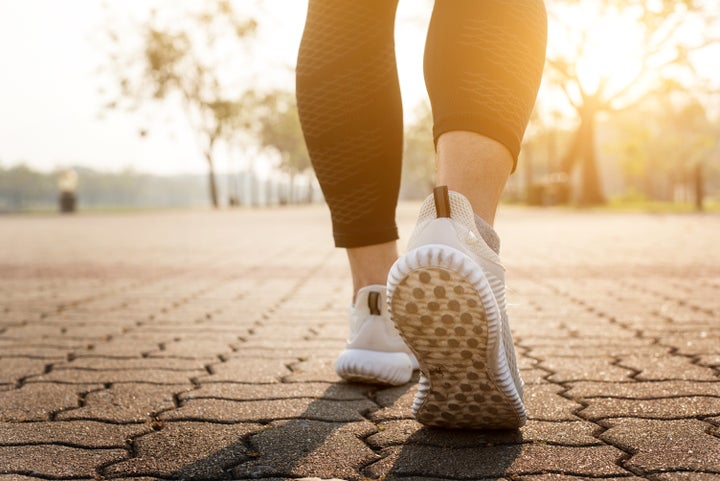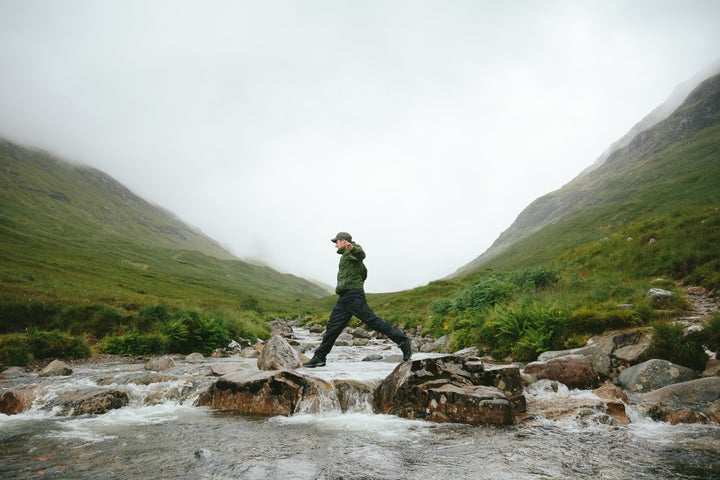
As a rule, health reports don’t make for super-fun reading. However, the latest news from medical researchers is (literally) heartening. Studies found that even after decades of inactivity – a whole lifetime, in other words – taking up aerobic exercise regularly and sticking to it can improve heart health by a significant measure.
Specifically, participants in the research, who were required to do a form of cardiovascular exercise such as running, swimming or cycling four or five days every week, were 25 per cent fitter and healthier at the end of the two-year programme, although some health professionals are surprised the percentage isn’t higher.
‘I would have expected greater results from what was quite a demanding programme,’ says Dr Ron McCulloch, a GP with over 50 years of experience. ‘Even a small amount of exercise helps us to stay well in all sorts of ways – to lose weight, boost our mood or maintain a healthy blood pressure, for instance. It sounds too simplistic to be true, yet time and again I see patients who act on this advice reap the rewards, with not a pill or prescription in sight.’

Start slowly
It’s unrealistic (and probably unsafe) to expect a transformation from couch potato to gym bunny overnight, but there’s nothing wrong with starting slow and increasing your fitness goals as you start to feel more confident about what your body can do. At the very least, start walking. A 2016 study found that a brisk walk of only 20 minutes per day burned around 700 calories a week and led to a 30-40 per cent reduced risk of coronary heart disease.
Staying active is about so much more than just ‘exercise’ – it’s a brilliant way to meet people, get outdoors and into the fresh air, relieve stress and generally make us feel happier. And don’t assume that exercise has to mean slogging away down the gym or running 5K three times a week (unless you want to!) Spending half an hour of gardening every other day or a 10-minute walk around the block after each meal is an equally effective way of moving more. ‘I take a brisk walk for 20-30 minutes five days a week,’ says Dr McCulloch. ’The trick is to find something that works for you and that you’re able to do regularly.

Designed to move
The bottom line is that human beings are designed to move, and if we don’t, we pay the consequences. Studies have linked excess sitting with being overweight and obese, type 2 diabetes and some types of cancer, according to the NHS. More worrying for most of us, however, are the daily aches and pains we write off as ‘just one of those things’ but are actually the result of being sat on our bottoms for too long. ‘Certain muscles, such as the hamstrings and glutes, become shortened in response to long periods of sitting and feel tight and sore,’ says sports psychologist Professor Andy Lane. ‘Our bodies adapt quickly to what we ask of them and too much time sat down means muscle length is recalibrated to suit the position the body is in. Walking activates both of these muscle groups so that the muscles are able to engage as they should – ideally build regular walking into your daily schedule as damage limitation.’
Staying safe
Exercise should be challenging to bring about benefits, but if you notice red, swollen joints or pain that doesn’t subside to pre-exercise levels within an hour or overnight, you might be overdoing it. Whichever type of exercise you choose, start off at a lighter intensity and then build up slowly. Use your local pool – not just for swimming lengths, but to get the weight-bearing benefits of being in the water in other ways, too. Running, squats and lunges are all possible in water, and practicing in the pool first will allow you to get used to the movements, and progress to the gym or running track in time.